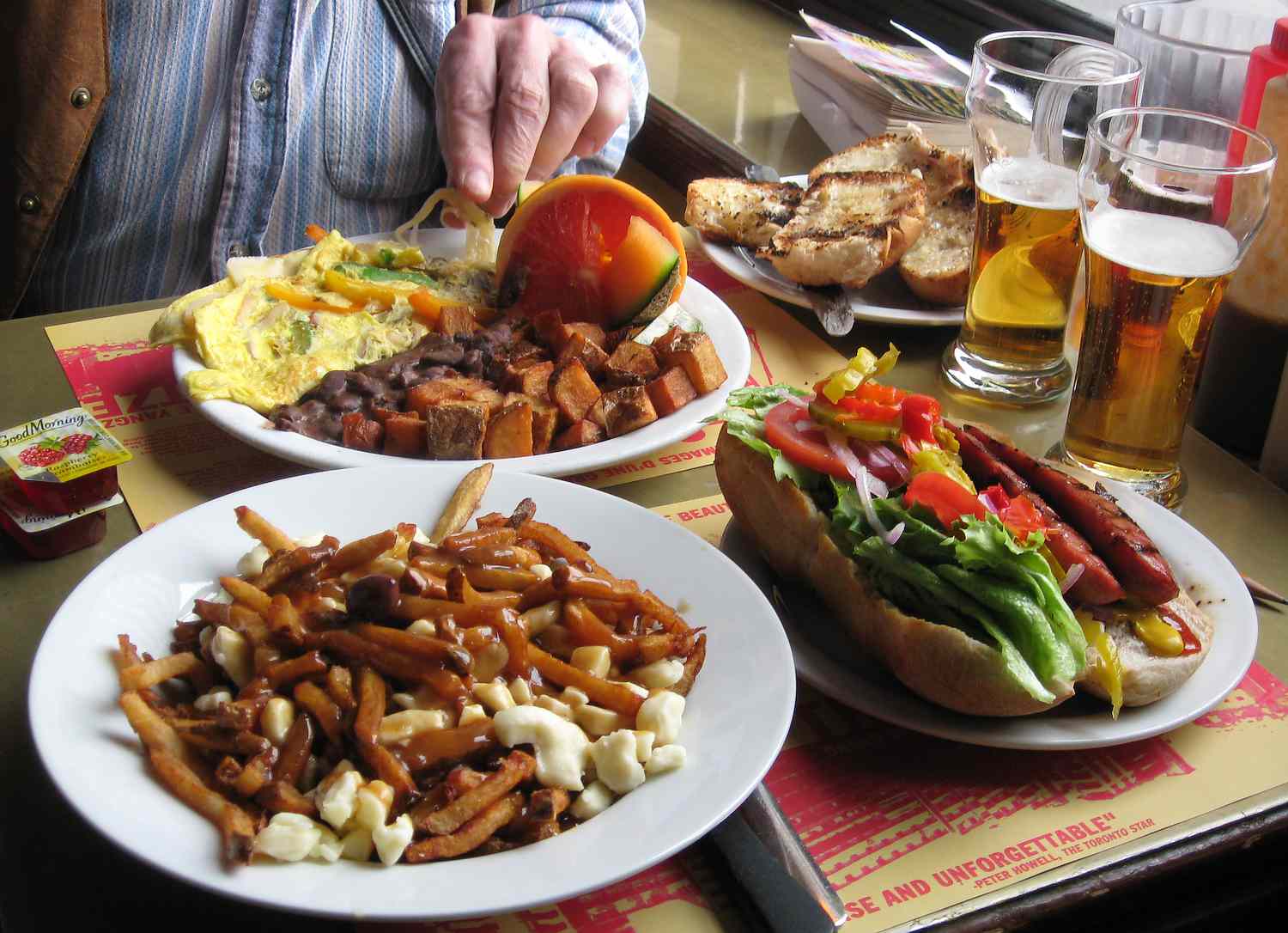Introduction
For as long as we’ve savored delicious meals, we’ve relied on our taste buds to tell us all there is to know about flavor. Sweet, salty, sour, bitter, and umami – these five basic tastes have formed the foundation of our culinary experiences. But what if our taste buds haven’t been telling the whole story? Recent scientific breakthroughs are revolutionizing our understanding of taste, revealing a world of hidden flavors and surprising interactions that influence how we perceive food. Buckle up, foodies and curious minds, because we’re about to embark on a journey into the fascinating new science of the tongue!
Your Taste Buds Lied: New Science of the Tongue Unveils Hidden Flavors
Forget everything you thought you knew about taste! Dive into the world of groundbreaking research that’s revealing the surprising truth behind flavor perception. For centuries, we’ve relied on our taste buds to be the ultimate arbiters of flavor. Sweet, salty, sour, bitter, and umami – these five basic tastes have been the language we’ve used to describe the symphony of deliciousness on our tongues. But what if our taste buds have been holding out on us? Recent scientific discoveries are shattering our preconceived notions and unveiling a hidden universe of flavors waiting to be explored.
Beyond the Big Five: The Spectrum of Tastes
Imagine a world where chocolate has a hidden layer of savory depth, or a juicy strawberry bursts with a surprising hint of coolness. Believe it or not, these complexities are a reality thanks to the discovery of receptors that go beyond the classic five. Our tongues are equipped to detect fatty acids, adding a dimension of richness to creamy cheeses and succulent steaks. Spicy peppers don’t just activate taste buds; they also trigger the trigeminal sense, the same system responsible for the coolness of mint, creating that fiery burn we crave.

The Chemical Symphony: How Molecules Dance on Your Tongue
Flavor isn’t just a party in your mouth – it’s a full-blown concert! Food is a complex blend of molecules, each with a unique signature. When these molecules interact with taste receptors on your tongue, they trigger electrical signals that travel to your brain, translating into the taste sensations we experience. But the plot thickens! These taste receptors aren’t loners; they love to collaborate. Certain flavor combinations can amplify each other, creating a richer, more nuanced experience. Think of the perfect marriage of sweet and salty in a decadent caramel and sea salt chocolate bar – a testament to the magic of taste synergy.
The Smell Connection: Unveiling the Power of Aroma
Close your eyes and take a bite of a ripe, juicy apple. What taste comes to mind? Tart? Sweet? Surprisingly, a large part of what you’re perceiving is actually aroma. Our sense of smell is intricately linked to taste. As you chew, volatile compounds – fragrant molecules – waft up from your food and interact with smell receptors in your nose. This olfactory information is then relayed to the brain, where it merges with taste signals to create the complete flavor picture. So, the next time you savor a steaming cup of coffee, remember, it’s not just your taste buds that are working their magic – it’s the delightful interplay between taste and smell.
Texture Takes Center Stage: The Multisensory Experience of Food
We often think of taste as an isolated experience, but the truth is, it’s a full-fledged multisensory extravaganza! The way food feels in your mouth – smooth, crunchy, melt-in-your-mouth – plays a significant role in how you perceive its flavor. Imagine a velvety smooth chocolate mousse compared to a bar of dark chocolate with a satisfying snap. The textures not only provide a delightful contrast but also influence how the flavor molecules interact with your taste receptors, shaping your overall enjoyment.

Brain Games: How Perception Shapes Flavor
Our brains are the ultimate taste conductors, orchestrating the symphony of information from our senses. Memories, expectations, and even emotions can influence how we perceive flavor. The nostalgic comfort of grandma’s apple pie, for example, can enhance its sweetness, while stress might mute the subtle nuances of a delicate dish. This interplay between perception and taste adds another layer of complexity to the already fascinating world of flavor.
The Future of Flavor: Personalized Experiences and Culinary Innovation
The new science of taste is paving the way for exciting possibilities. By understanding how we perceive flavor on a deeper level, food scientists can create personalized taste profiles, tailoring culinary experiences to individual preferences. Imagine chocolates designed to complement your unique genetic makeup or dishes that adapt to your mood! This newfound knowledge is also inspiring chefs to push boundaries and experiment with flavor combinations we never thought possible. Get ready for a future where food is not just sustenance but a multisensory adventure!
Conclusion: Embracing the Symphony of Taste
So, the next time you take a bite of your favorite food, take a moment to appreciate the incredible complexity at play. It’s not just your taste buds doing the talking – it’s a beautiful collaboration between taste, smell, texture, and even your brain. The science of taste is unlocking a universe of hidden flavors, and the future promises even more exciting discoveries. So, ditch the old rulebook and embrace the symphony of taste in all its glory – there’s a whole world of deliciousness waiting to be explored!




